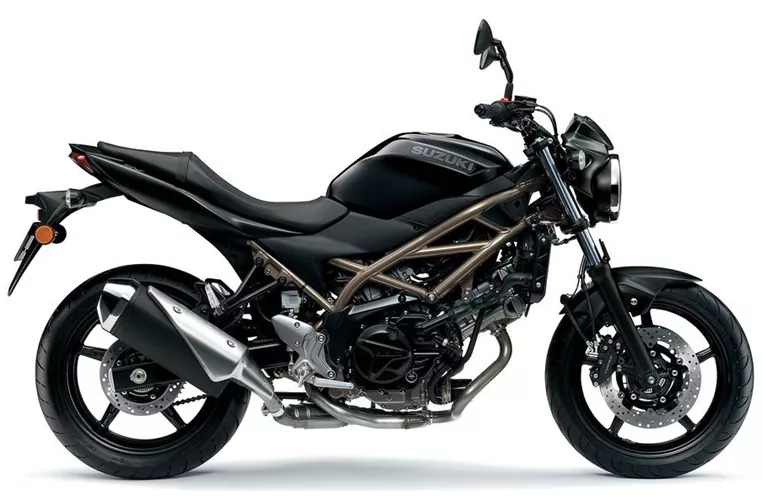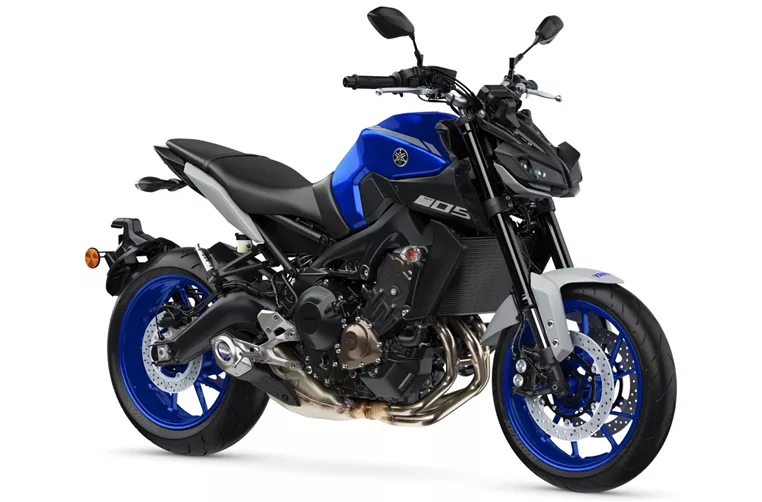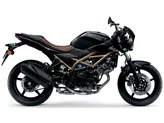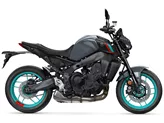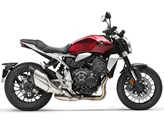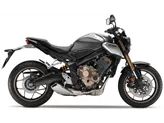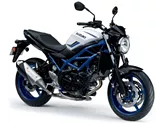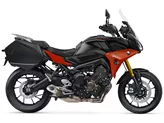Suzuki SV 650 2021 vs. Yamaha MT-09 2020
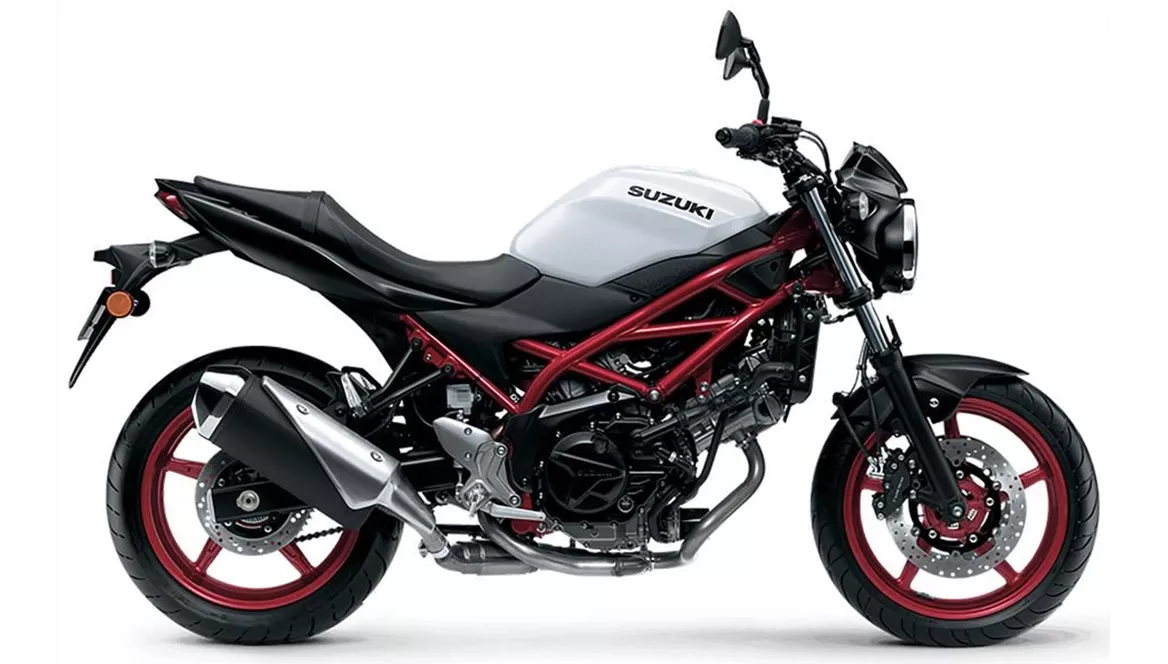
Suzuki SV 650 2021
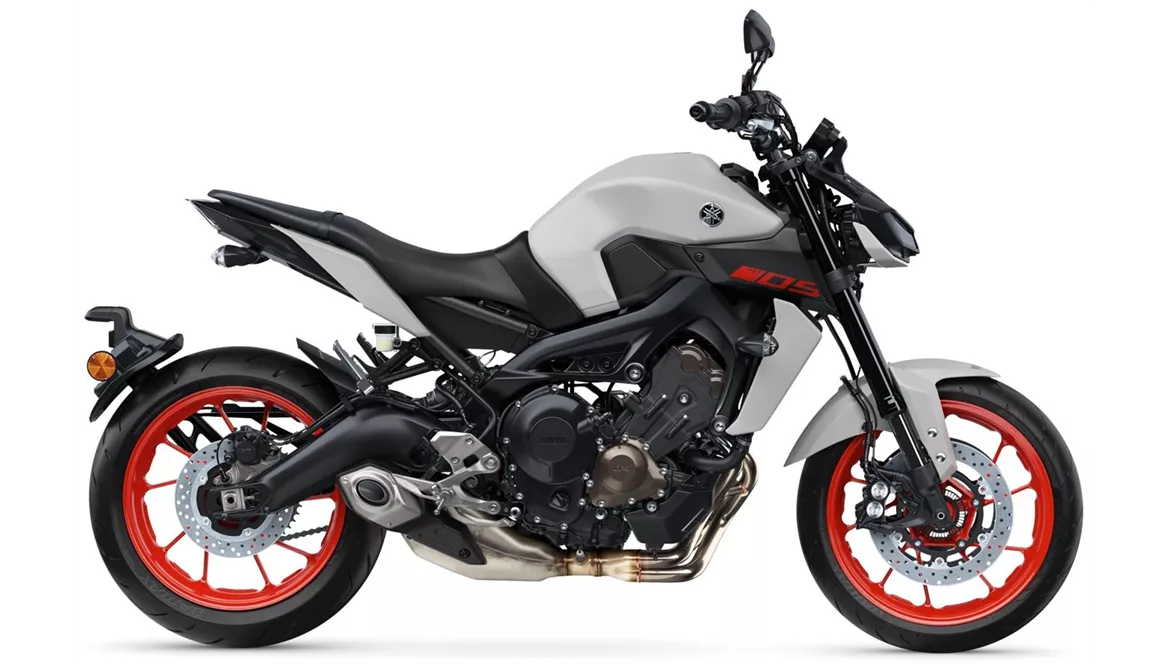
Yamaha MT-09 2020
Vue d’ensemble - Suzuki SV 650 2021 vs Yamaha MT-09 2020
The Suzuki SV 650 2021 and the Yamaha MT-09 2020 are both popular naked bikes that offer unique features and performance.
Starting with the Suzuki SV 650 2021, it is equipped with a V2 engine type that delivers 73 HP of power and 64 Nm of torque. The fuel system is injection-based, and it has a displacement of 645cc. The bike features a telescopic fork front suspension and a swing arm rear suspension with a monoshock absorber. The frame is made of steel, and it has a tubular frame type. The front brakes are double disk with a diameter of 290mm, and it comes with ABS as an advanced rider assistance system. The front and rear tires have a width of 120mm and 160mm respectively, with a diameter of 17 inches. The wheelbase is 1445mm, and the seat height is 785mm. The bike weighs 200kg with ABS and has a fuel tank capacity of 14.5 liters.

Suzuki SV 650 2021
On the other hand, the Yamaha MT-09 2020 features an in-line engine type that produces a higher power of 115 HP and torque of 87.5 Nm. It also has an injection-based fuel system and a displacement of 847cc. The front suspension is an upside-down telescopic fork, and the rear suspension is a swing arm with a monoshock absorber. The frame is made of aluminum, and it has a twin tube frame type. The front brakes are double disk with a diameter of 298mm, and it also comes with ABS as well as additional advanced rider assistance systems such as a quickshifter and traction control. The front and rear tires have a width of 120mm and 180mm respectively, with a diameter of 17 inches. The wheelbase is slightly shorter than the SV 650 at 1440mm, and the seat height is higher at 815mm. The bike weighs 193kg with ABS and has a fuel tank capacity of 14 liters.
In terms of strengths, the Suzuki SV 650 2021 offers a confident V2 powerplant with character, a stable chassis, and a comfortable seating position. It also boasts easy handling and a timeless look. On the other hand, the Yamaha MT-09 2020 stands out with its powerful engine that provides plenty of torque. It also offers fine control of traction control, allowing riders to have a more controlled and enjoyable riding experience.
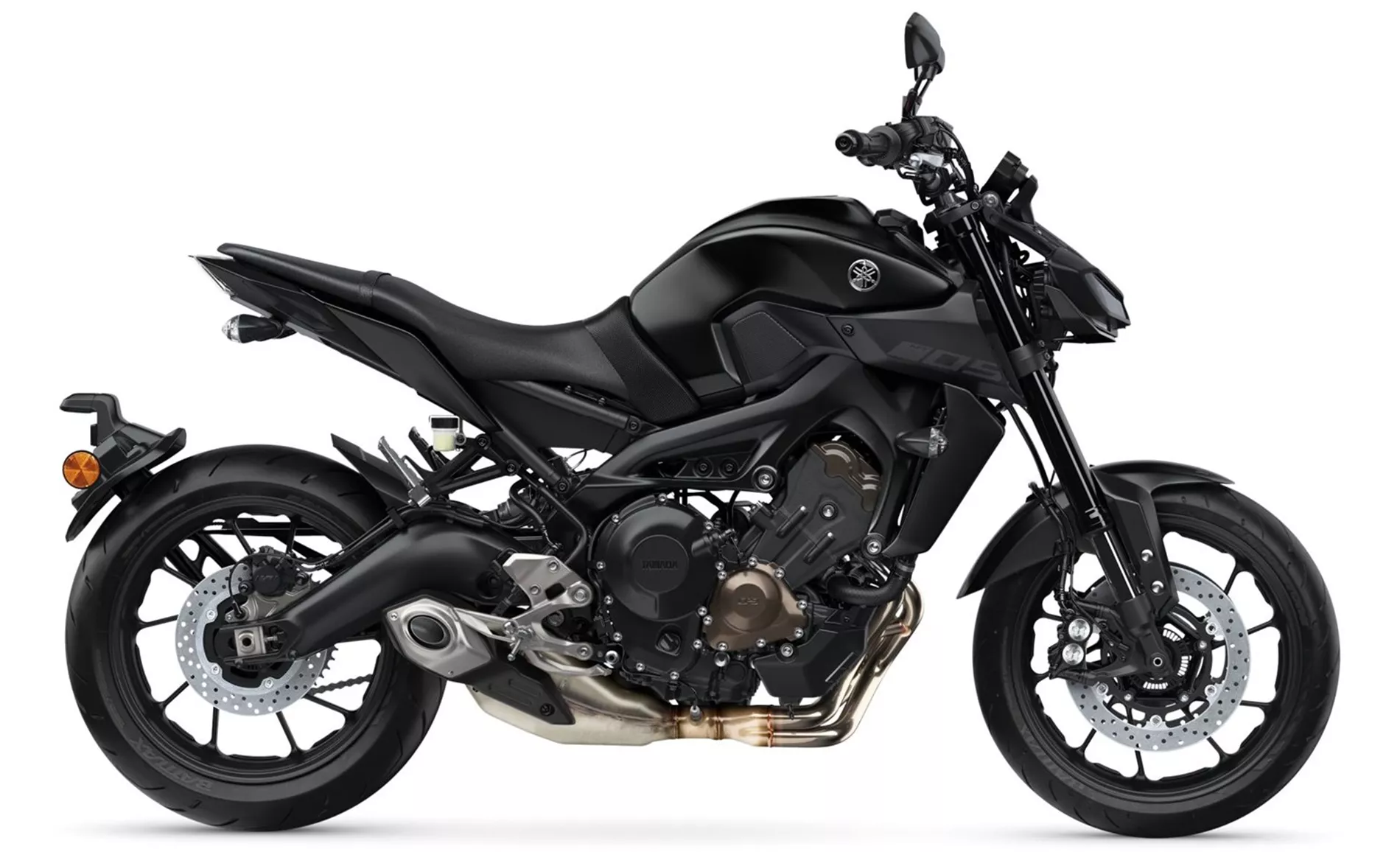
Yamaha MT-09 2020
However, both bikes have their weaknesses. The Suzuki SV 650 2021 lacks electronic features apart from ABS, and its brake requires manual force. Additionally, the instruments on the bike are only moderately readable. On the other hand, the Yamaha MT-09 2020 does not have a blipper function, and its high handlebars provide little feedback. The bike also has a rough throttle response and early-regulating ABS.
In conclusion, the Suzuki SV 650 2021 and the Yamaha MT-09 2020 are both impressive naked bikes with their own set of strengths and weaknesses. While the SV 650 offers a stable and comfortable ride with a classic design, the MT-09 provides a more powerful engine and advanced rider assistance systems. Ultimately, the choice between the two will depend on the rider's preferences and priorities.
Caractéristiques techniques Suzuki SV 650 2021 par rapport à Yamaha MT-09 2020
Avantages et inconvénients en comparaison
Avantages et inconvénients en comparaison
Suzuki SV 650 2021
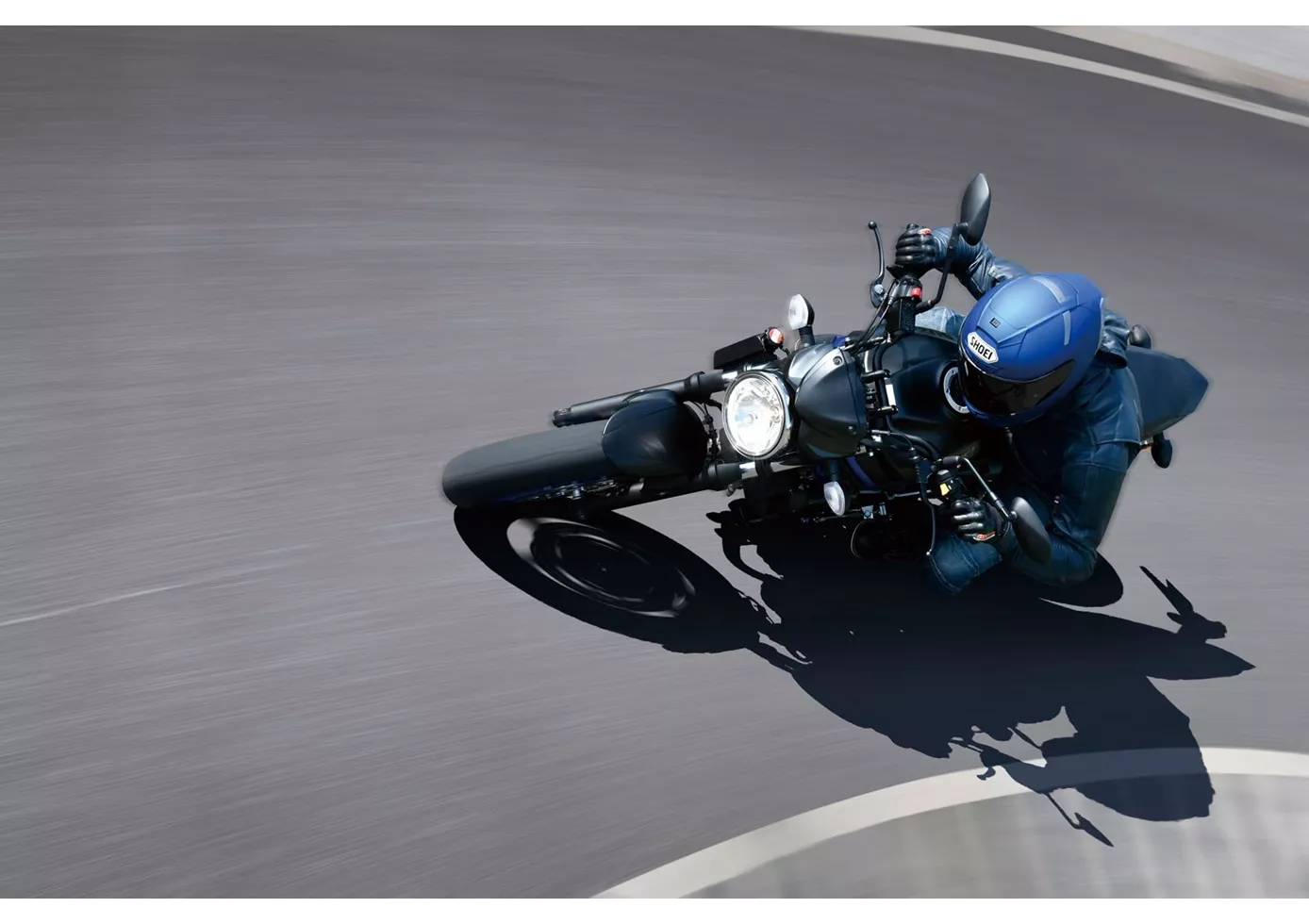
La Suzuki SV 650 n'a pas beaucoup évolué depuis cinq ans par rapport à son prédécesseur. Le moteur a été mis à jour selon la norme Euro5 et se présente désormais de manière encore plus adulte, ce qui lui permet de s'intégrer parfaitement au reste du package. La SV 650 ne veut effrayer personne, surtout pas les débutants. Le châssis donne une impression de solidité et de sérénité, le frein demande une bonne force manuelle pour éviter un surfreinage inattendu. L'optique est d'une part intemporelle, mais d'autre part vraiment un peu dépassée sur certains composants. En revanche, le prix est correct, comme d'habitude chez Suzuki.
Yamaha MT-09 2020
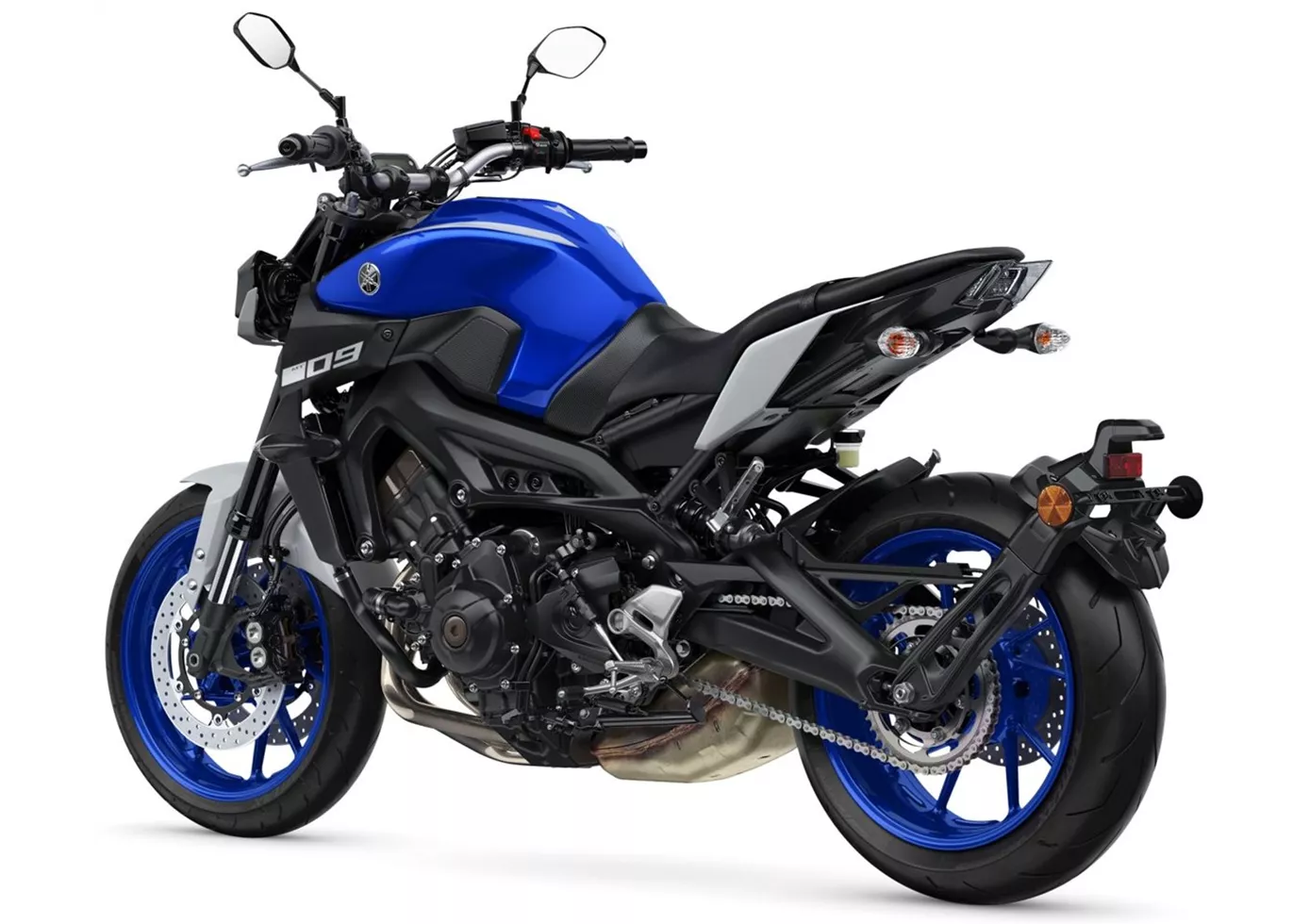
Conduire vite, c'est possible, mais c'est fatigant. Le guidon haut est contre-productif sur la piste de course et demande beaucoup d'efforts physiques. Même avec le châssis WP, la MT-09 n'arrive pas à se hisser au niveau de la Street Triple R. Elle ne peut donc pas être utilisée comme une moto de course.
Comparaison des prix Prix moyen du marché Suzuki SV 650 vs Yamaha MT-09
There are a few key differences between a Suzuki SV 650 2021 and a Yamaha MT-09 2020. In terms of price, the actual average price of a Yamaha MT-09 2020 is about 57% higher. Compared to Yamaha MT-09 2020 there are more Suzuki SV 650 2021 bikes available on the 1000PS.de Marketplace, specifically 13 compared to 8. It takes less time to sell a Yamaha MT-09 with 110 days compared to 111 days for the Suzuki SV 650. Since model year 2005 1000PS.de editors have written 25 reviews for the Suzuki SV 650 and 57 reviews for the Yamaha MT-09 since model year 2013. The first review for the Suzuki SV 650 was published on 9/26/2008 and now has more than 14,200 views. This compares to more than 39,900 views for the first review on Yamaha MT-09 published on 6/10/2013.
